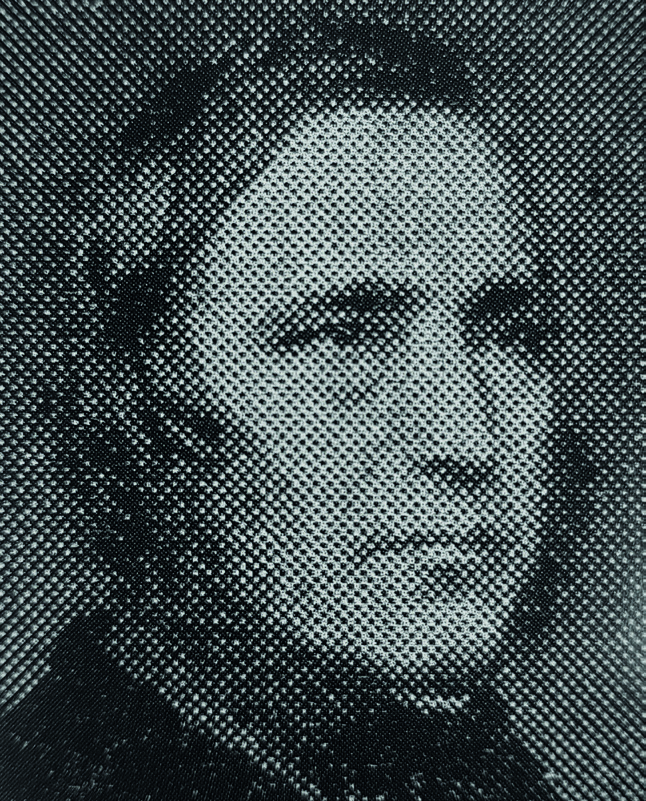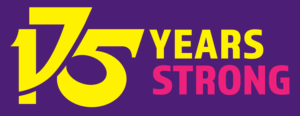“Scotland is the first country in the world that has a national association of all her teachers, resolved and determined to provide their country with the best system of education they can devise.”
These were the words of the first president of the EIS, Dr Leonhard Schmitz, marking the establishment of the Educational Institute of Scotland in September 1847.
Until that time, there had been a range of teachers’ organisations across Scotland, serving a specific and diverse groups of teachers. However, in 1846, the Glasgow Teachers’ Association made the case for setting up a number of local organisations across Scotland that, en masse, would form a national body of teachers. The aim was that this body would encompass all types of teachers, from all denominations.
By 3 April, letters of approval – effectively agreeing to be part of this new association – had been received from teachers in Edinburgh, Perth, Glasgow, Dundee and Kelso; by 15 May, similar letters had come in from all across Scotland.
There had also been 168 individual applications for membership. On 19 June, a general meeting of the new association – putatively called the Association of Teachers in Scotland – was held at the High School of Edinburgh. By then, there were teachers in every county of Scotland willing to participate in this new association.
The resolutions of the 30 January meeting were all enthusiastically upheld by these new members. In the months that followed, one final, important decision was taken – though it was left undocumented in the association’s minutes.

The Association of Teachers in Scotland had decided on a change of name. And so, when the new organisation was formally established on 18 September, it was as the Educational Institute of Scotland.
From its inception, the new organisation was focused on improving the working conditions of teachers. This was coupled with a desire to improve teachers’ efficacy as well as the general standard of education. These aims could best be achieved, the EIS’s founders decided, if the association was able to certify teachers itself.
At the time, anyone could claim to be a teacher; the new organisation’s certificate would offer a quality mark of assurance. Efforts were made to secure that ultimate quality mark of the day—a charter from Queen Victoria, granting the organisation the right to award fellowships to qualified teachers.
A resolution was agreed that stated, “As soon as the Association is duly organised, strenuous efforts shall be made to obtain from Government a Royal Charter incorporating the Members, and constituting them the legal organ of the Teachers of Scotland, with power to grant Diplomas according to their own regulations.”
A letter seeking support for the proposal argued that it used to be that the roles of barber and surgeon were carried out by the same person. The surgeons, however, elevated their status to match that of doctors by insisting that only those fully qualified and licensed could carry out surgery. And if surgeons – not to mention doctors, clergymen and lawyers – could fix their own standards of professional attainment, then why shouldn’t teachers?
The EIS’s Royal Charter was approved in 1851. And so began the Institute’s role in articulating and maintaining professional standards for Scotland’s teachers – a mission that remained directly with the Institute until the late 1960s, when the GTCS was formed, following strike action from EIS members in support of the proposal.
The EIS interest in professional standards is maintained today, not only through standing candidates for election to the GTCS governing council, but through a vast array of direct professional learning programmes for members, partnership programmes with various universities and agencies, and the relatively recent introduction of grants for practitioner research.
ACKNOWLEDGEMENTS:
Research, interviews and substantive writing:
Adi Bloom
Design and lay-out:
Stuart Cunningham and Paul Benzie
Additional writing and research:
EIS Comms Team and assorted staff members
Printed by:
Ivanhoe Caledonian, Seafield Edinburgh
Photography:
Graham Edwards, Mark Jackson, Elaine Livingston, Toby Long, Ian Marshall, Alan McCredie, Alan Richardson, Graham Riddell, Lenny Smith, Johnstone Syer, Alan Wylie


Thanks to the many former activists and officers who gave of their time to be interviewed and taken a stroll down memory lane. And of course a very special thanks to the EIS members who created this history through their activism and commitment to the cause of Scottish Education.
© 2022 The Educational Institute of Scotland